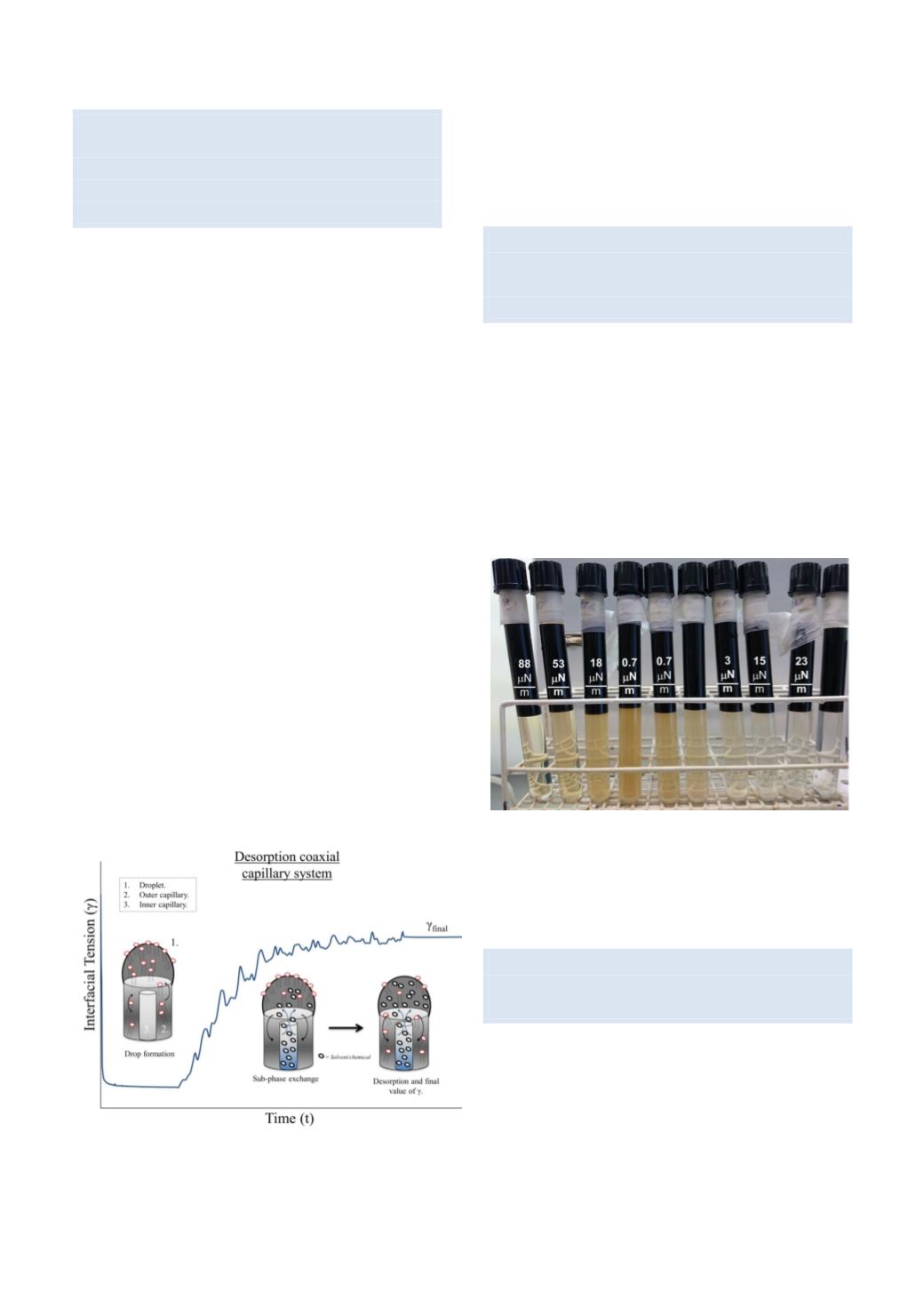

Department of Chemical Engineering
Annual Report 2015
14
JIP ASPHALTENES: IMPROVED MECHANISMS OF
ASPHALTENE DEPOSITION, PRECIPITATION AND
FOULING TO MINIMIZE IRREGULARITIES IN
PRODUCTION AND TRANSPORT (NFR
PETROMAKS 2014 – 2017)
Asphaltenes represent heavy polar colloidal fraction in
crude oils. Due to pressure variation, processing and
production conditions of different crude oils,
asphaltenes can precipitate and form organic deposits in
oil reservoirs, in wells and on equipment and pipe walls
and induce fouling in general. These deposits can cause
serious and costly irregularities in production and
transport of oil. Several models have been proposed to
explain these irregularities but they all suffer from
inaccurate asphaltene chemistry. It is by now evident
that in order to fully understand and account for the
above-mentioned phenomena, the effect of the
polydisperse functionality of the asphaltenes must be
understood.
In order to follow up the objective, the project will
combine small scale tests both at atmospheric and
elevated pressures, modelling and capillary loop tests.
Finally based on the accumulated knowledge, chemical
modifications together with inhibitors will be developed
in order to minimize the molecular affinity to pipe
surfaces and their interactions in solution.
This project is a collaborative effort between the
Ugelstad laboratory, University of Alberta (Canada),
University of Pau (France), University of Paraná (Curitiba,
Brazil) and several industrial partners.
Figure: Schematic of the coaxial capillary system used for
desorption studies experiments. A droplet (1) of constant
volume is formed via an outer capillary (2) and is let to
equilibrate for a fixed time. The predetermined volume of
solvent of chemical species is pumped via an inner
capillary (3) at a given rate. The interfacial tension is
continuously measured through all steps.
A COMBINED SURFACE -COLLOID CHEMICAL AND
ROCK-FLUID INTERACTION APPROACH TOWARDS
MORE EFFICIENT ENHANCED OIL RECOVERY
STRATEGIES (NFR PETROMAKS, 2012 – 2015)
The objective of the project is to provide essential
knowledge of how surfactants can improve low salinity
water flooding processes by also considering indigenous
crude oil components. The studies range from molecular
level to fluid-rock interaction and dynamic displacement
studies.
The project is a collaborative effort between Ugelstad
Laboratory, Department of Petroleum Engineering and
SINTEF Petroleum Research.
Figure: Phase behaviour of IFT of crude oil and solution
of surfactant 0.068 and 0.410 mol/L NaCl (increasing
form left to right). All IFT values are given in units of 10-
6 N/m.
FUNCTIONALIZED NANOPARTICLES TO IMPROVE
CRUDE OIL QUALITY (VISTA FUNDING 2015-
2017)
The deposition of metal naphthenates can cause
operational and environmental problems during crude
oil production and processing. The main goal of this
project is to establish new methods for both preventing
formation and facilitating removal of naphthenic acids
responsible for formation of the metal naphthenates by
using magnetic nanoparticles. The newly developed
methods will be based on the application of magnetic


















